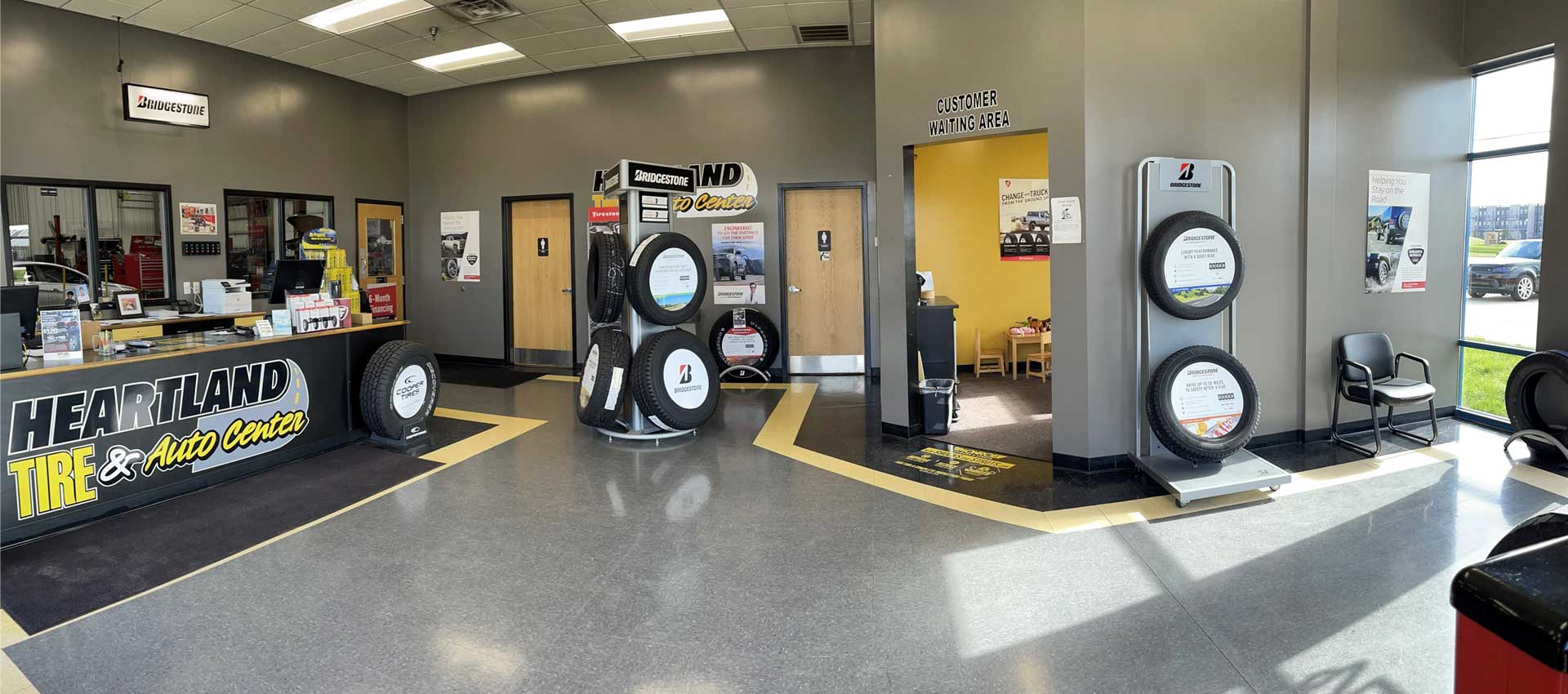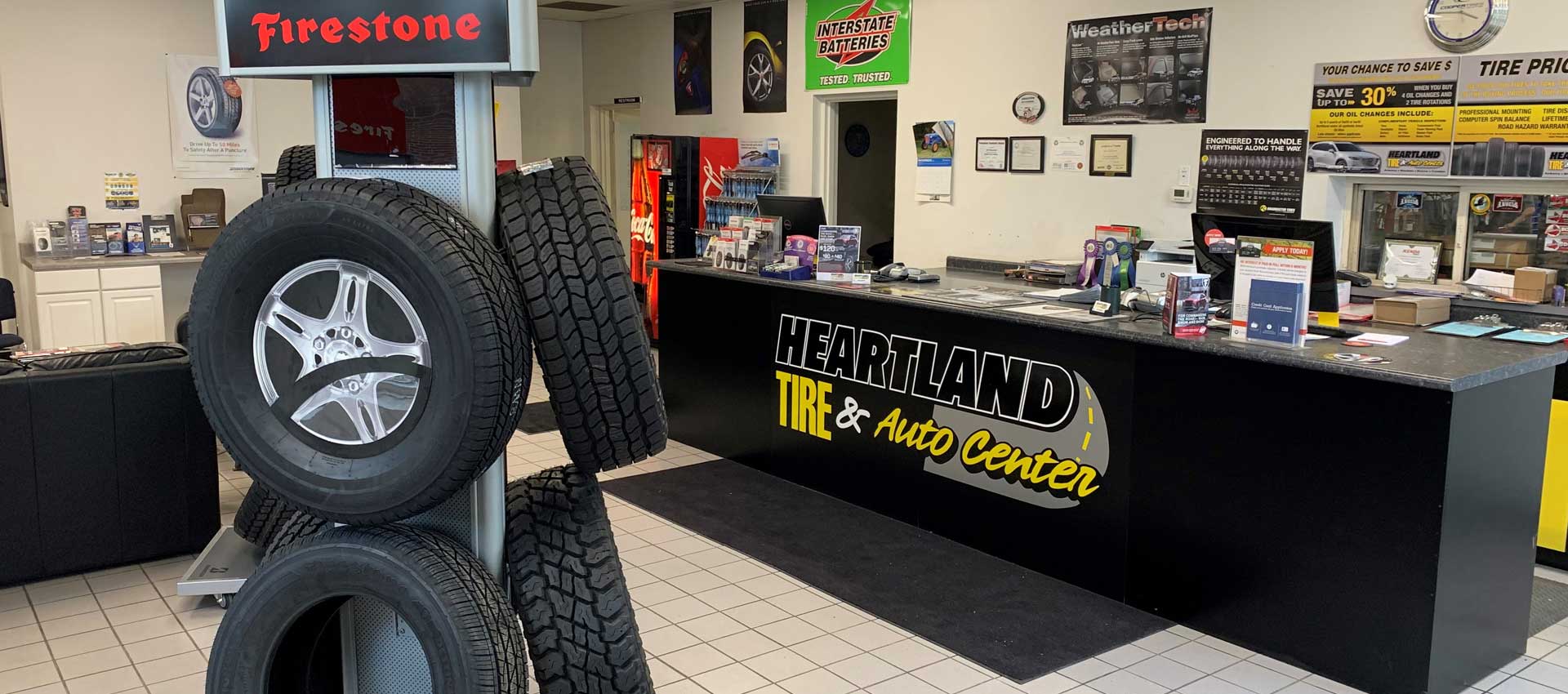Tire Solution: Recognizing Tire Stress Surveillance Systems
Comprehending Tire Pressure Tracking Systems (TPMS) is a crucial aspect of preserving optimal vehicle efficiency and safety and security on the roadway. With innovations in automobile innovation, TPMS has come to be a standard feature in modern-day lorries, supplying real-time details on tire stress levels.

Value of TPMS
The value of Tire Pressure Monitoring Solutions (TPMS) depends on their ability to boost automobile safety and security and efficiency with real-time surveillance of tire stress degrees. Maintaining the correct tire pressure is crucial for guaranteeing optimal handling, stopping, and general safety and security of a vehicle. TPMS gives vehicle drivers with immediate comments on any type of overinflated or underinflated tires, enabling prompt changes to be made.
Elements of TPMS
Making up various crucial components, a Tire Stress Surveillance System (TPMS) works as a sophisticated safety attribute in modern-day cars. The main elements of a TPMS include sensing units, a control module, and a caution indicator. Sensing units are typically situated in the tire valve stem or affixed to the wheel setting up, where they measure tire stress and transfer information to the control component. The control module procedures this info and sets off a caution if it discovers substantially low stress in any one of the tires. The caution indicator, usually a symbol on the dashboard, informs the chauffeur to inspect the damaged tire or tires. Some advanced TPMS versions also show the real tire stress readings for each tire, supplying drivers with real-time info to make certain ideal tire efficiency and safety and security. By keeping track of tire stress continuously, TPMS aids protect against crashes, decreases tire wear, and improves gas effectiveness, making it an important part for lorry safety and performance.
Kinds Of TPMS

On the various other hand, indirect TPMS relies on the vehicle's wheel rate sensors to keep an eye on tire pressure. This system discovers underinflation by comparing the rotational speeds of the wheels. Indirect TPMS is less pricey than straight TPMS, as it utilizes existing sensing units within the vehicle.
While straight TPMS provides a lot more precise readings, indirect TPMS is less complex in layout and generally calls their website for less upkeep. Both systems have their advantages and constraints, and the selection between them usually depends on elements such as price, lorry make, and individual choice. Understanding the differences between these two sorts of TPMS can aid car owners make notified decisions concerning tire maintenance and security.
TPMS Maintenance Tips
Reliable maintenance of TPMS is crucial for making certain ideal efficiency and safety of your vehicle. Regularly evaluating the TPMS sensing units for any kind of damage or deterioration is crucial. Guarantee that the sensors are clean and complimentary from particles that can interfere with their performance. In addition, it is suggested to check the sensor batteries periodically and replace them as required to assure exact readings. Conduct routine look at the tire pressure degrees and contrast them with the TPMS analyses to guarantee they are regular. Rectify the system complying with the supplier's standards if there are any type of disparities. In addition, during tire turning or replacement, make sure that the TPMS parts are handled thoroughly to stop any possible damages. If the TPMS cautioning light illuminates on the control panel, resolve the concern promptly by examining the tire pressures and the general system for any mistakes. By adhering to these upkeep pointers, you can extend the life expectancy of your TPMS and boost the safety of your driving experience.
Benefits of Correct Tire Stress
Preserving proper tire pressure, as emphasized in TPMS Maintenance Tips, is essential for enjoying the countless benefits connected with optimum tire pressure degrees. Furthermore, appropriate tire visit the website pressure makes certain even tire wear, extending the life-span of the tires and promoting much safer driving conditions. In conclusion, the benefits of correct tire stress go past simply tire durability; they encompass boosted gas efficiency, enhanced safety and security, better car efficiency, and total driving convenience.
Final Thought
In conclusion, comprehending tire stress monitoring systems (TPMS) is important for maintaining optimum tire stress and guaranteeing car safety and security. By recognizing the value of TPMS, being familiar with its parts, recognizing the various kinds readily available, adhering to correct upkeep suggestions, and realizing the advantages of keeping appropriate tire pressure, vehicle drivers can improve their driving experience and prolong the life expectancy of their tires. Proper tire pressure is key to efficient and secure automobile operation.
